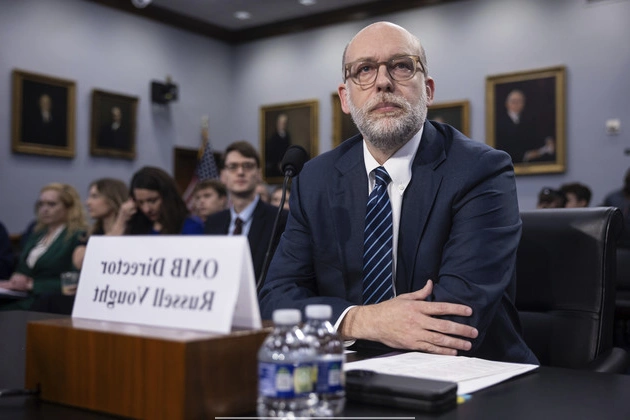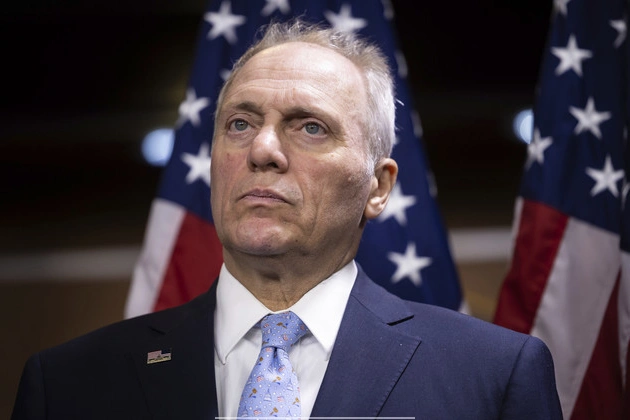
House Republicans have unveiled their Medicaid plan, which could have significant implications for states and millions of Americans covered by the program. While some controversial ideas were omitted, new mandates could reshape how states fund their programs and impact coverage for beneficiaries.
The Balancing Act: Cuts and Coverage Losses
The House Energy and Commerce Committee proposal aims to balance conservative demands for cuts with moderates’ concerns about coverage losses. This delicate balance includes work requirements, cost-sharing mandates, and limitations on federal funding for specific services.
One contentious aspect is the potential impact on Planned Parenthood and gender-affirming care, as well as the reduction of funding for states offering coverage to undocumented individuals.
Financial Imperatives and Political Pressures
The plan seeks $880 billion in savings to support broader domestic policy initiatives. Committee Republicans face pressure to make substantial Medicaid cuts, triggering debates between moderates advocating for caution and fiscal hawks pushing for structural changes.
Opposition is expected from Democrats, healthcare stakeholders, and the public, highlighting the divisive nature of Medicaid reform.
Challenges and Compromises
Chair Brett Guthrie has navigated between factions to strike a compromise that satisfies both sides. However, the bill’s reception remains uncertain, with pivotal discussions scheduled for the near future.
Key measures include restrictions on state provider taxes, work requirements for certain beneficiaries, and revised payment structures to incentivize value-based care.
State Responses and Potential Outcomes
States heavily reliant on provider taxes face significant adjustments, potentially leading to cuts in federal funding and changes in Medicaid financing. Work requirements and payment reforms could reshape care delivery and reimbursement models.
The bill’s impact on Medicaid recipients, healthcare providers, and state budgets underscores the complexity of Medicaid policy reform.
Stay informed about the evolving Medicaid landscape and the implications of proposed changes for states and vulnerable populations.















